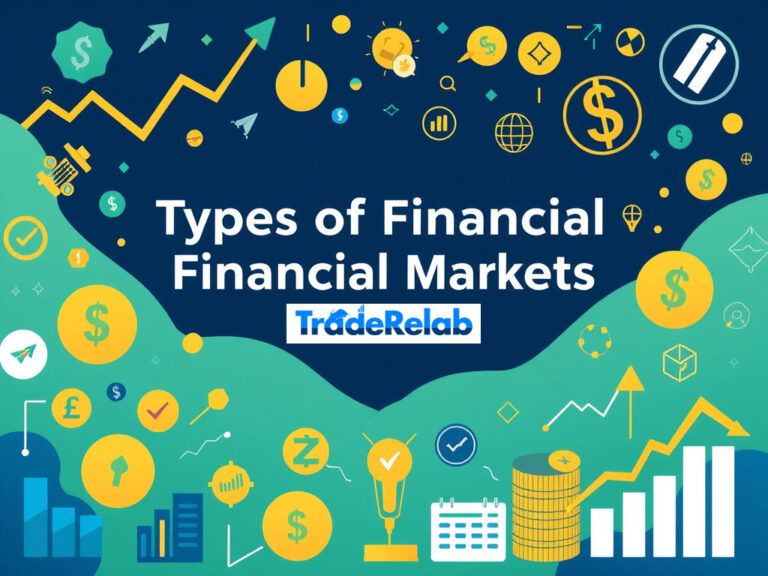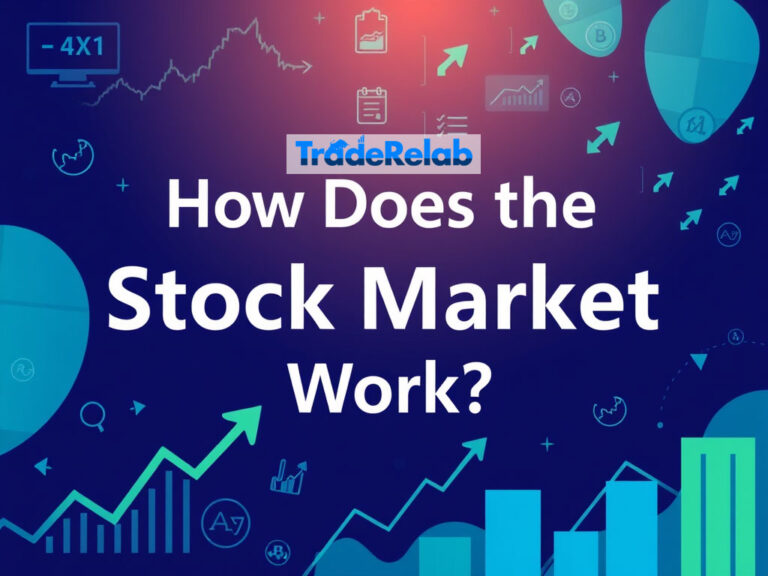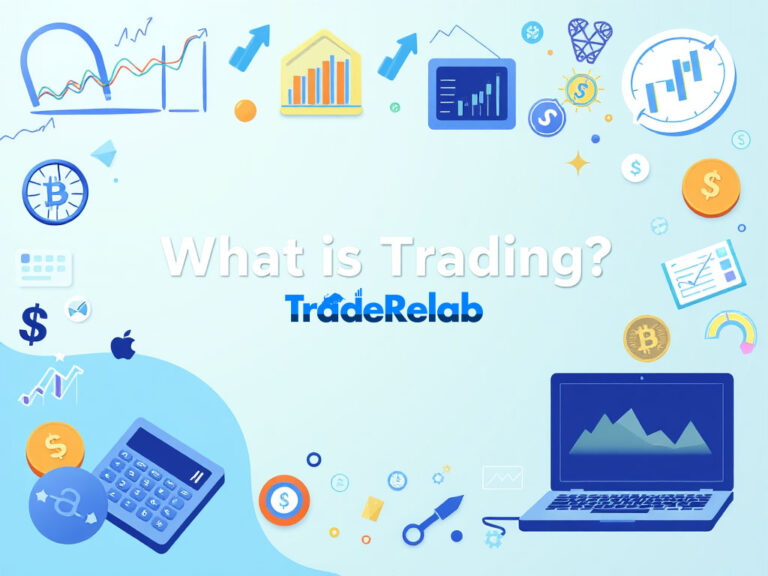Cryptocurrency vs Traditional Markets: Key Differences

The world of finance is constantly evolving, and two major sectors that have shaped the landscape in recent years are cryptocurrency and traditional markets. While both offer opportunities for investment and wealth generation, they operate in fundamentally different ways. Understanding these key differences can help investors make informed decisions based on their goals, risk tolerance, and investment preferences. This article will explore the critical distinctions between cryptocurrency and traditional markets.

1. Nature of Assets
Cryptocurrency:
Cryptocurrencies are digital or virtual currencies that use cryptography for security. The most popular example is Bitcoin, but there are thousands of different cryptocurrencies, including Ethereum, Litecoin, and Ripple. These currencies are decentralized, meaning they are not controlled by any central authority, such as a government or financial institution. Cryptocurrencies are stored on a blockchain, which is a distributed ledger that records all transactions.
Traditional Markets:
In traditional markets, the assets being traded are tangible or centralized. These assets include stocks, bonds, commodities, and real estate. Stocks represent ownership in a company, while bonds are essentially loans made to companies or governments. Commodities like gold, oil, and agricultural products are physical goods traded on various exchanges. Unlike cryptocurrencies, traditional assets are regulated by governmental bodies and institutions such as the Securities and Exchange Commission (SEC) or the Commodity Futures Trading Commission (CFTC).
2. Regulation
Cryptocurrency:
The cryptocurrency market is largely unregulated. While some countries have imposed regulations, others have adopted a more relaxed approach. This lack of regulation can make the cryptocurrency market appealing to investors looking for fewer restrictions. However, it also introduces greater risks, including volatility and the potential for fraud. The lack of a central authority means there is no institution to protect investors in case of a scam or loss.
Traditional Markets:
Traditional financial markets, on the other hand, are highly regulated. Government agencies and regulatory bodies, such as the SEC in the United States or the Financial Conduct Authority (FCA) in the UK, oversee trading activities to ensure transparency, protect investors, and prevent fraudulent activities. These regulations provide a level of security and trust that can make traditional markets a more stable and predictable option for some investors.

3. Market Hours
Cryptocurrency:
One of the most significant differences between cryptocurrency and traditional markets is market hours. Cryptocurrency markets operate 24/7, allowing investors to trade at any time, day or night. This constant availability can be advantageous for those in different time zones or for those who want to respond quickly to market changes without having to wait for the opening bell.
Traditional Markets:
Traditional markets, including stock exchanges like the New York Stock Exchange (NYSE) or the London Stock Exchange (LSE), have fixed hours. For example, the NYSE operates from 9:30 AM to 4:00 PM Eastern Time, Monday through Friday. These fixed hours mean that trading is limited to specific times, and investors must plan their trades accordingly. Outside of trading hours, investors can’t execute transactions unless through after-hours or pre-market trading.
4. Volatility
Cryptocurrency:
Cryptocurrencies are notoriously volatile. Prices can fluctuate wildly within a short time span, which creates both opportunities and risks for traders. For example, Bitcoin has experienced significant price swings over the years, with dramatic rises followed by sudden drops. This volatility is driven by various factors, including market sentiment, regulatory news, and broader economic events.
Traditional Markets:
While traditional markets can also experience volatility, they are generally more stable than cryptocurrencies. Stock prices may rise or fall based on company earnings reports, economic data, and geopolitical events, but these movements are typically less drastic than those seen in the cryptocurrency market. Volatility in traditional markets tends to be more predictable and less extreme in comparison.

5. Liquidity
Cryptocurrency:
Liquidity refers to how easily an asset can be bought or sold without affecting its price. While cryptocurrencies like Bitcoin and Ethereum have relatively high liquidity, some smaller or newer cryptocurrencies may have low liquidity, which can make it more difficult to execute large trades without causing significant price changes. The overall market size of cryptocurrencies is still smaller than traditional markets, meaning that large trades can have a more noticeable impact on the market.
Traditional Markets:
Traditional markets, particularly stock markets, tend to have much higher liquidity. Established stocks, such as those of major companies like Apple or Microsoft, have a high volume of trading, allowing investors to buy and sell without significantly affecting the price. This high liquidity makes traditional markets an attractive option for both individual and institutional investors.
6. Security and Risk
Cryptocurrency:
While cryptocurrency transactions are secured using advanced cryptography, the lack of regulation and central oversight can increase the risk for investors. Additionally, cryptocurrencies are often targeted by hackers due to their digital nature. If investors lose access to their private keys or wallets, they can lose their entire investment. The lack of consumer protection laws in many jurisdictions also makes it harder to recover lost funds.
Traditional Markets:
Traditional markets have various mechanisms in place to protect investors. These include deposit insurance (such as FDIC insurance for bank accounts in the U.S.), regulatory oversight, and established legal frameworks for resolving disputes. However, risks such as market crashes or company bankruptcies still exist, and investors can lose money in traditional markets. Despite these risks, traditional markets have a longer track record of security and stability.
7. Market Sentiment and Adoption
Cryptocurrency:
Cryptocurrency is still a relatively new and evolving market. As a result, market sentiment can be highly influenced by news events, social media, and public opinion. For example, the price of Bitcoin can surge following a positive endorsement from a prominent figure, or it can plummet after regulatory announcements. The market is also highly speculative, with many investors betting on future growth rather than intrinsic value.
Traditional Markets:
In traditional markets, sentiment is often driven by more established economic indicators and news. Earnings reports, GDP growth, and interest rates have a more significant influence on stock prices. While sentiment can still play a role, it is generally more grounded in fundamental analysis and the underlying performance of companies or sectors.
8. Accessibility and Entry Barriers
Cryptocurrency:
Cryptocurrencies have lowered the barrier to entry for many investors. With just an internet connection, anyone can access the market and begin trading. Cryptocurrency exchanges are relatively easy to use, and many do not require significant amounts of capital to get started. This has made crypto trading accessible to a global audience, including individuals from countries with limited access to traditional financial services.
Traditional Markets:
Entering traditional markets can be more complicated. Investors typically need to open brokerage accounts, which may require proof of identity and some degree of financial literacy. Additionally, some traditional investments require higher initial capital, especially for stocks and bonds from established companies. However, with the rise of online brokerages and fractional shares, accessibility to traditional markets is becoming more inclusive.
9. Taxation
Cryptocurrency:
Taxation of cryptocurrency is complex and varies by country. In many jurisdictions, cryptocurrencies are treated as property, meaning that capital gains taxes apply when they are sold for a profit. However, the lack of clarity in some regions and the decentralized nature of the market can lead to confusion about tax obligations. In some countries, like the United States, the IRS treats cryptocurrency as taxable income, and traders are required to report their earnings.
Traditional Markets:
Taxation in traditional markets is typically more straightforward. Stock dividends and capital gains are taxed based on the country’s tax laws. In many countries, long-term capital gains (for assets held over a year) are taxed at a lower rate than short-term gains. Investors are required to report their earnings and pay taxes on profits from trading.
Conclusion
Both cryptocurrency and traditional markets have their strengths and weaknesses. Cryptocurrencies offer high potential returns but come with greater volatility, risk, and regulatory uncertainty. On the other hand, traditional markets provide more stability, liquidity, and regulatory oversight, making them appealing to conservative investors. Ultimately, the choice between cryptocurrency and traditional markets depends on individual goals, risk tolerance, and market knowledge.
For investors looking to diversify their portfolios, a combination of both markets might offer a balanced approach. Understanding the key differences between these two sectors will allow investors to navigate the rapidly changing financial landscape with greater confidence and make informed decisions based on their investment strategy.






